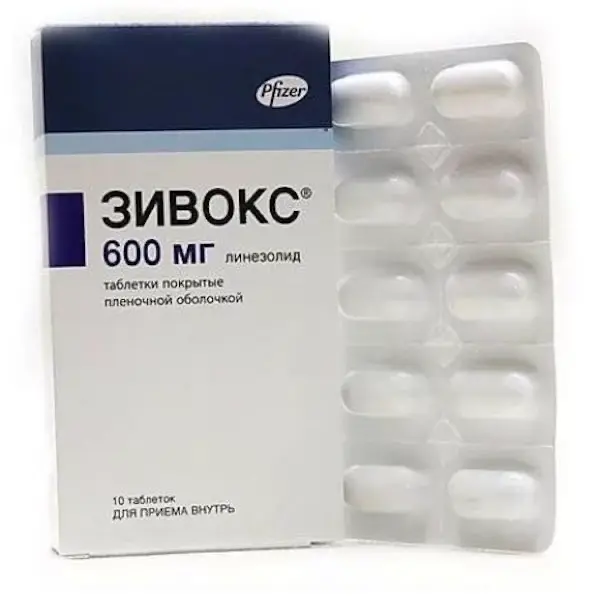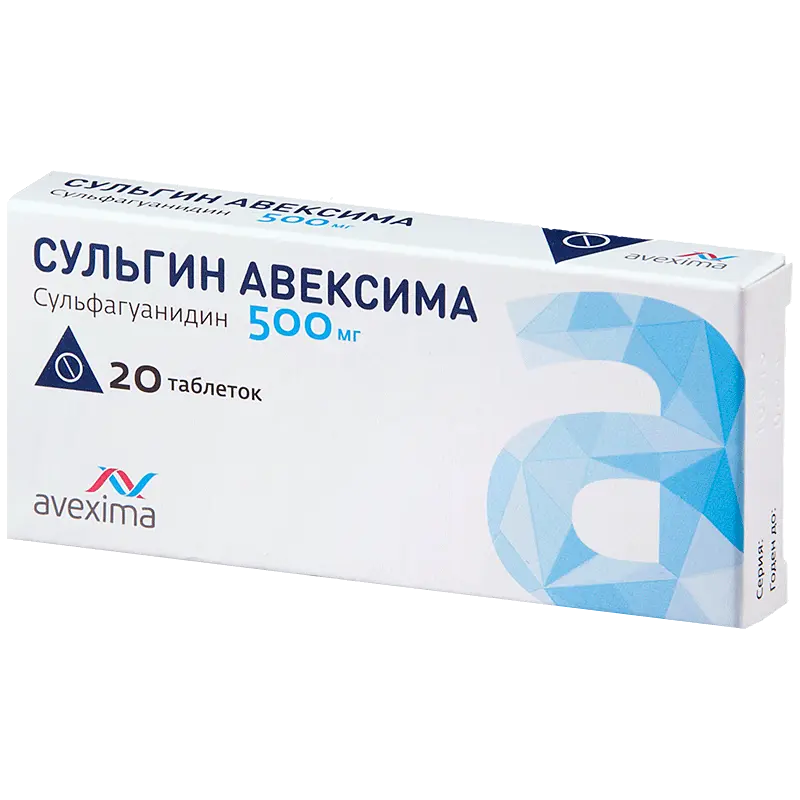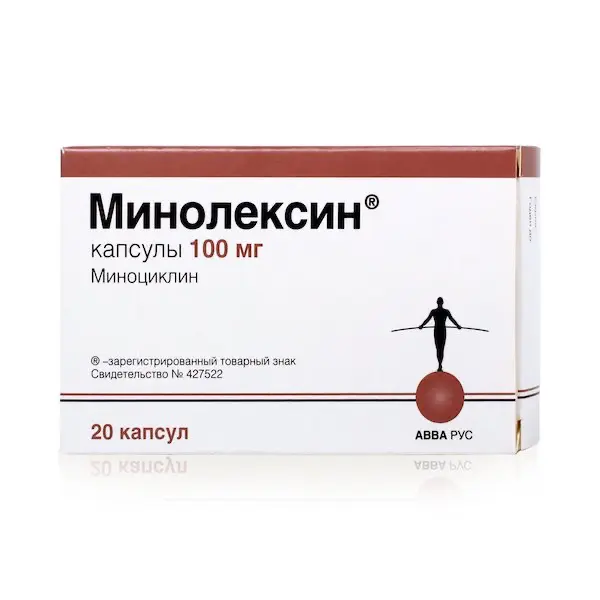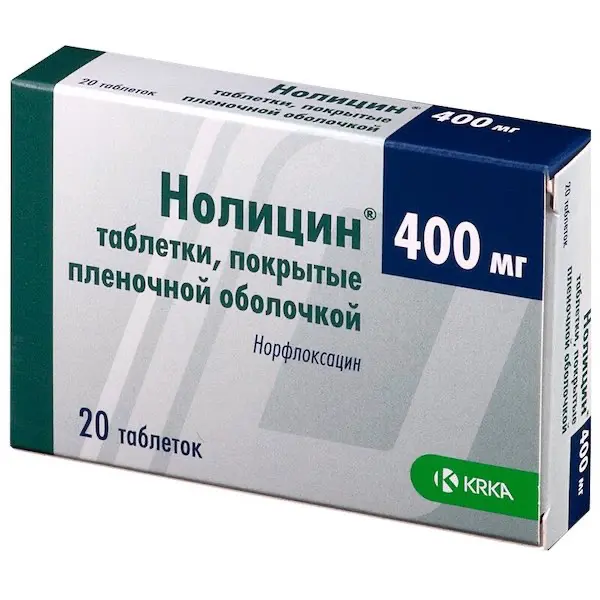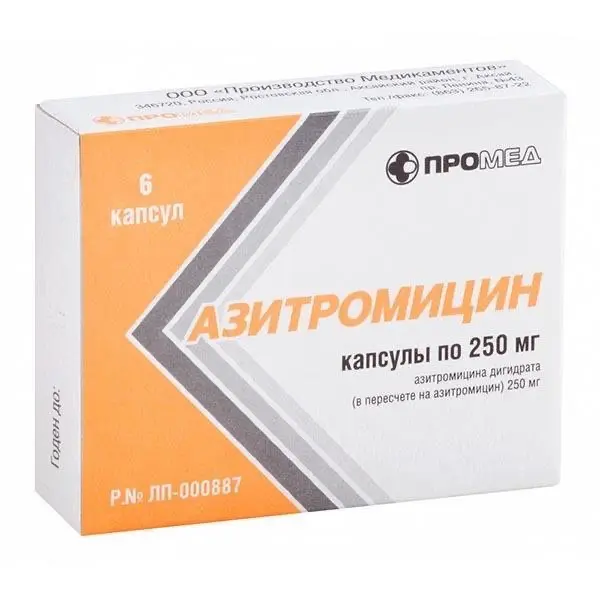Description
Zivox Pharmacodynamics
Linezolid, a synthetic antibacterial drug, belongs to a new class of antimicrobial agents, oxazolidinones, active in vitro against aerobic Gram-positive bacteria, some Gram-negative bacteria and anaerobic microorganisms. Linezolid selectively inhibits protein synthesis in bacteria. By binding to bacterial ribosomes it prevents the formation of
of functional initiating complex 70S, which is an important component of translation process at protein synthesis.
Sensitivity
The drug is active in vitro and in vivo
Gram-positive aerobes
Enterococcus faecium (including vancomycin-resistant strains)
Staphylococcus aureus (including methicillin-resistant strains)
Streptococcus agalactiae
Streptococcus pneumoniae (including multidrug-resistant strains)
Streptococcus pyogenes
The drug is active in vitro
Gram-positive aerobes
Enterococcus faecalis (including vancomycin-resistant strains)
Enterococcus faecium (vancomycin-sensitive strains)
Staphylococcus epidermidis (including methicillin-resistant strains)
Staphylococcus haemolyticus
Streptococcus viridans
Gram-negative aerobes
Pasteurella multocida
Linezolid-resistant microorganisms
Haemophilus influenzae
Moraxella catarrhalis
Neisseria spp.
Enterobacteriaceae spp.
Pseudomonas spp.
Resistance
Linezolid mechanism of action is different from action mechanisms of antimicrobials of other classes (for example, aminoglycosides, beta-lactams, folic acid antagonists, glycopeptides, lincosamides, quinolones, rifamycins, streptogramines, tetracyclines and chloramphenicol), so there is no cross-resistance between linezolid and these drugs. Linezolid is active against pathogenic microorganisms both sensitive and resistant to these drugs. Resistance to linezolid develops slowly by multistep mutation of 23S ribosomal RNA and occurs at a frequency of less than 1 x 10-9 to 1 x 10-11.
Indications
Treatment of infectious and inflammatory diseases when they are known or suspected to be caused by linezolid-sensitive aerobic and anaerobic Gram-positive microorganisms (including infections accompanied by bacteremia):
– Hospital-acquired pneumonia caused by Streptococcus pneumoniae (including polyresistant strains), including cases accompanied by bacteremia, or Staphylococcus aureus (methicillin-sensitive strains only);
– Hospital pneumonia caused by Staphylococcus aureus (including methicillin-sensitive and methicillin-resistant strains) or Streptococcus pneumoniae (including multiresistant strains);
– Complicated skin and soft tissue infections, including diabetic foot syndrome infections not accompanied by osteomyelitis, caused by Staphylococcus aureus (including methicillin-sensitive and methicillin-resistant strains), Streptococcus pyogenes or Streptococcus agalactiae;
– uncomplicated skin and soft tissue infections caused by Staphylococcus aureus (methicillin-sensitive strains only) or Streptococcus pyogenes;
– Vancomycin-resistant infections caused by Enterococcus faecium, including those accompanied by bacteremia.
Contraindications
Hypersensitivity to linezolid and/or other components of the drug.
Simultaneous use of linezolid with drugs that inhibit monoamine oxidase A or B (e.g., phenelzine, isocarboxazide), as well as within two weeks after discontinuation of these drugs.
In the absence of blood pressure monitoring, linezolid should not be administered to patients with uncontrolled arterial hypertension, pheochromocytoma, thyrotoxicosis and/or patients receiving the following types of drugs: adrenomimetics (e.g. pseudoephedrine, phenylpropanolamine, epinephrine, norepinephrine, dobutamine), dopamimetics (e.g. dopamine).
Linezolid should not be administered to persons with carcinoid syndrome and/or patients receiving the following drugs: serotonin reuptake inhibitors, tricyclic antidepressants, 5-HT1 receptor agonists (triptans), meperidine or buspirone if careful monitoring of patients with possible development of serotonin syndrome is not carried out.
The use of linezolid in children under 12 years of age in tablet form is contraindicated due to the inability to adequately adjust the dose.
Dosage and administration
- The drug may be taken with a meal and between meals.
- Patients to whom the drug was administered v/v at the beginning of the therapy can be transferred to any dosage form of the drug for oral administration and a dose adjustment is not required because the bioavailability of linezolid during oral administration is almost 100%. The duration of treatment depends on the causative agent, localization and severity of the infection, as well as on the clinical effect.
- Adults and children (12 years and older)
- Indications (including infections accompanied by bacteremia)
Single dose
Recommended duration of treatment
– Community-acquired pneumonia caused by Streptococcus pneumoniae (including multidrug-resistant strains), including cases accompanied by bacteremia, or Staphylococcus aureus (methicillin-sensitive strains only);
– Hospital pneumonia caused by Staphylococcus aureus (including methicillin-sensitive and methicillin-resistant strains) or Streptococcus pneumoniae (including multiresistant strains);
– Complicated skin and soft tissue infections, including diabetic foot syndrome infections not accompanied by osteomyelitis, caused by Staphylococcus aureus (including methicillin-sensitive and methicillin-resistant strains), Streptococcus pyogenes or Streptococcus agalactiae;
– uncomplicated skin and soft tissue infections caused by Staphylococcus aureus (methicillin-sensitive strains only) or Streptococcus pyogenes;
600 mg orally every 12 hours
10-14 days
– Vancomycin-resistant infections caused by Enterococcus faecium, including those accompanied by bacteremia.
600 mg orally every 12 hours
14-28 days - Elderly patients: no dose adjustment is necessary.
- Patients with renal insufficiency: the dose adjustment is not required. Due to the fact that 30% of linezolid is eliminated in hemodialysis within 3 hours linezolid should be taken after dialysis in patients who need it.
- Patients with hepatic impairment: no dose adjustment is required.

